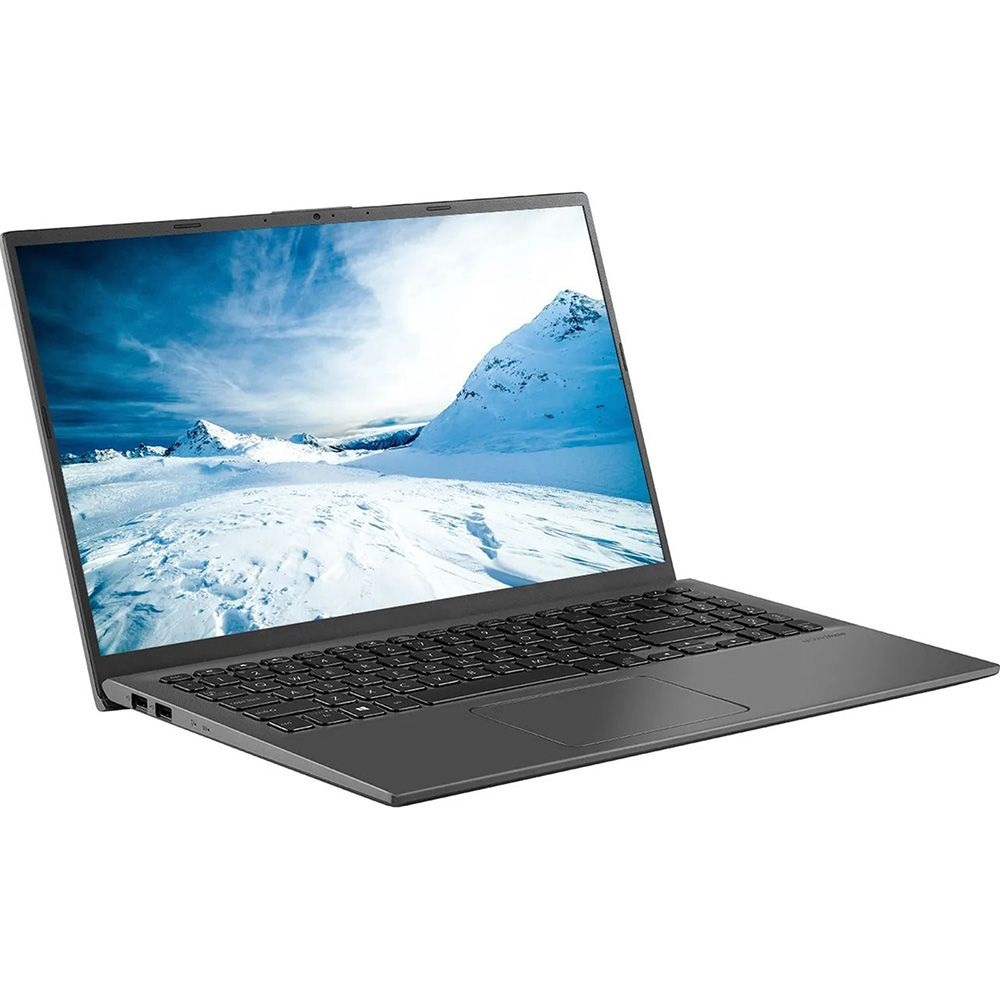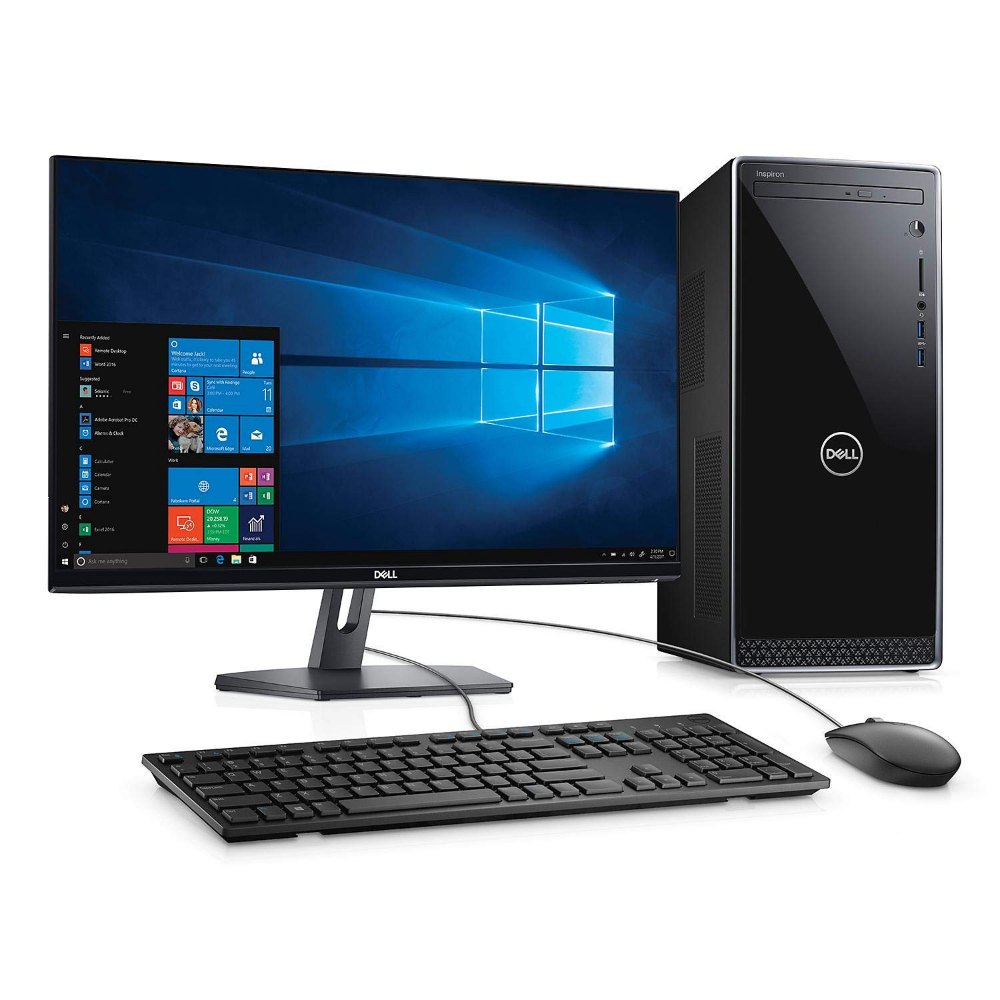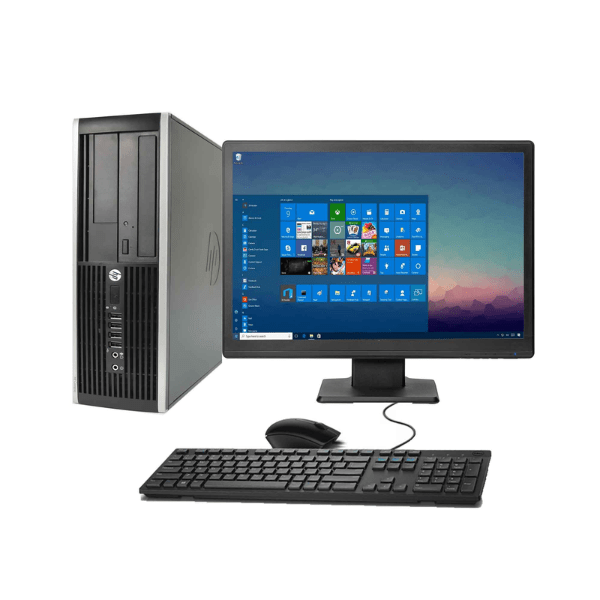Choosing between desktop or laptop can be a daunting task, given the wide array of features and specifications. Both options have their own sets of benefits and drawbacks, making it crucial to understand key factors before making a decision. This article explores the primary considerations, including performance, portability, upgradeability, cost, ergonomics, use-case scenarios, and overall versatility.
Performance Considerations
Processing Power
When it comes to sheer processing power, desktops generally have the edge. Desktops can house more robust CPUs with higher clock speeds and better cooling solutions, leading to superior performance in demanding tasks like gaming, video editing, and 3D rendering. If high performance is critical, a desktop might be the better choice. More powerful processors deliver faster and more efficient performance, especially for resource-intensive applications, making desktops ideal for complex computational needs.
Graphics Capabilities
Dedicated graphics cards in desktops often outperform those in laptops. Desktops can support larger, more powerful GPUs, which are essential for high-end gaming, graphic design, and VR. Laptops have improved significantly in recent years, but they still struggle to match the top-tier GPUs found in desktops. Powerful graphics capabilities are crucial for smooth and high-quality visual experiences, making desktops a preferred choice for graphics-intensive tasks.

Portability and Convenience
Mobility
Laptops excel in portability, offering the flexibility to work, study, or play from almost anywhere. They are lightweight and compact, making them ideal for students, professionals on the go, and remote workers. Mobility is a key factor if you need to travel frequently or work in various locations. The portability of laptops provides convenience and flexibility, catering to dynamic and on-the-go lifestyles.
Space Efficiency
Space efficiency is another advantage of laptops. Desktops require a designated workspace with enough room for the tower, monitor, keyboard, and mouse. In contrast, laptops offer an all-in-one solution that saves space and reduces clutter. This makes laptops more suitable for smaller living spaces or minimalist setups. Compact and integrated design makes laptops practical for environments with limited space, enhancing overall organization and tidiness.
Upgradeability and Customization
Easy Upgrades
Desktops offer superior upgradeability and customization options. Users can easily upgrade components such as RAM, storage, and graphics cards to keep up with advancing technology. This flexibility extends the lifespan of a desktop and allows for incremental improvements. Upgradeability ensures that desktops remain relevant and high-performing, providing long-term value and adaptability to changing needs.
Limited Customization
Laptops offer limited upgradeability. While some models allow for RAM and storage upgrades, other components like the CPU and GPU are typically soldered to the motherboard. This limits your ability to enhance performance over time, making timely replacement more likely. Limited customization restricts performance enhancement capabilities, necessitating more frequent upgrades or replacements to stay current with advancements.

Cost and Value
Initial Investment
Desktops generally offer better performance per dollar spent. While the initial investment might be higher due to the need for additional peripherals (monitor, keyboard, etc.), desktops provide more bang for your buck in terms of raw power and functionality. This makes desktops more cost-effective for those prioritizing performance. Comparing performance-to-cost ratios helps in making an informed decision that maximizes value.
Long-Term Costs
Laptops might come with a lower initial cost for an all-in-one package, but they can be more expensive to repair or upgrade. Additionally, because laptops are less upgradeable, you might need to replace them sooner than a desktop, which can result in higher long-term costs. Evaluating long-term costs ensures that you consider future expenses and potential replacements, contributing to a more sustainable investment decision.
Ergonomics and Comfort
Ergonomic Setup
Desktops can be set up ergonomically, with adjustable monitor stands, external keyboards, and mice that can be positioned for maximum comfort. This setup helps prevent strain and promotes better posture, making desktops better suited for long hours of work or study. Ergonomic configurations enhance comfort and reduce the risk of repetitive strain injuries, contributing to a healthier and more productive workspace.
Compact Design
Laptops come with built-in keyboards and touchpads, which can be less ergonomic when used for extended periods. Using an external keyboard and mouse can improve comfort, but it negates some of the portability benefits. Compact design contributes to convenience but may compromise on ergonomic benefits, necessitating external peripherals for more comfortable usage.

Use-Case Scenarios
Gaming and High-End Tasks
Desktops are often favored for gaming and high-performance tasks. They can be equipped with powerful GPUs and CPUs, offering better graphics, faster processing, and higher frame rates. Gamers and professionals in graphic design, video editing, and software development will benefit more from a desktop’s capabilities. Specialized hardware configurations cater to demanding tasks, elevating performance for intensive applications.
Everyday Computing
For everyday tasks like web browsing, streaming, and document editing, laptops are highly suitable. They provide adequate performance for typical daily activities, plus the advantage of mobility. Students, office workers, and casual users will find laptops more convenient for their needs. The versatility and portability make laptops well-suited for common and general-purpose computing tasks.
Versatility and Overall Usage
Versatility of Desktops
Desktops offer unparalleled versatility in terms of performance, upgradeability, and customization. They are ideal for users who need a powerful and adaptable machine that can be upgraded as needed. Desktops serve well as multi-functional systems, catering to a variety of professional, creative, and gaming needs. Robust and flexible hardware configurations ensure adaptability to diverse requirements.
Versatility of Laptops
Laptops shine in their versatility for diverse environments and uses. They can transition from a portable device to a desktop-like setup when connected to external peripherals, making them a versatile choice for multitasking. Laptops are particularly useful for those who need a balance between mobility and capability. Adaptability to various settings and purposes makes laptops a versatile tool for dynamic use cases.
Finding the Balance Between Both
For those who find it difficult to choose between a desktop and a laptop, finding a balance might be the best solution. This can be achieved by exploring options like high-performance laptops or convertible models that offer desktop-like performance. Docking stations and external GPU enclosures can also provide a middle ground, allowing laptops to harness extra power when needed. This hybrid approach combines the portability of a laptop with the performance of a desktop, offering versatility without sacrificing too much in either direction. Balancing the features and leveraging peripherals can help maximize your computing experience, making it adaptable to various scenarios.
Making the Right Choice
Deciding between desktop or laptop involves understanding your specific needs and preferences. Consider factors such as performance requirements, mobility, upgradeability, cost, ergonomics, use-case scenarios, and overall versatility. Desktops offer powerful performance, customization, and long-term value, making them ideal for gaming, creative work, and high-performance tasks. Their upgradeability ensures they remain relevant and high-performing over time. Desktops also provide ergonomic advantages, contributing to long-term comfort and productivity.
In summary, if you prioritize mobility and need a device that transitions seamlessly between different environments, a laptop is the better choice. Its convenience, space efficiency, and adequate performance for everyday tasks make it suitable for a wide range of users. Ultimately, both desktop or laptop cater to different needs and lifestyles. By understanding the key factors and aligning them with your requirements, you can make an informed decision that maximizes value and enhances your computing experience. Choose wisely and enjoy the benefits of a system that fits your unique needs and preferences, ensuring satisfaction and efficiency in your daily activities.
